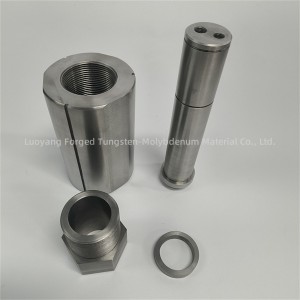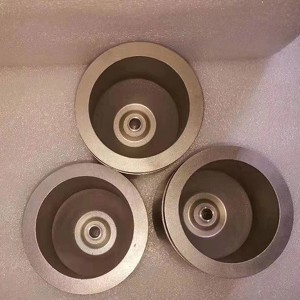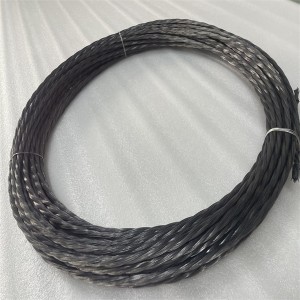Customized Zirconium processing parts Zirconium cylinder
Zirconium is considered a challenging material to process due to its high strength, toughness and low thermal conductivity. It has a tendency to work harden during machining, which can lead to increased tool wear and difficulty in obtaining accurate dimensions.
However, with the right tools, techniques and expertise, zirconium can be processed effectively. Carbide or ceramic cutting tools are often used for zirconium machining due to their hardness and heat resistance. Additionally, using high cutting speeds and feeds, along with proper cooling and lubrication, can help achieve better machining results.
It is important to work with a machine shop or manufacturer with experience in zirconium processing to ensure the correct machining process is used. This will help achieve the precision and quality required for zirconium machined parts such as zirconium cylinders.
Overall, while zirconium can present processing challenges, it can be processed effectively with the right tools, techniques, and expertise.

Zirconium is typically processed using a combination of techniques such as casting, machining, welding, and surface finishing to create a variety of zirconium parts and components. The following is an overview of typical zirconium processing methods:
1. Casting: Zirconium can be cast into various shapes by investment casting or sand casting. This allows the production of complex zirconium parts with precise dimensions.
2. Mechanical processing: Zirconium can be machined using techniques such as turning, milling, drilling and grinding. However, as mentioned previously, zirconium is a challenging material to machine due to its hardness and tendency to work harden. Therefore, specialized cutting tools and machining processes are often required.
3. Welding: Zirconium is usually welded using techniques such as gas tungsten arc welding (GTAW) or electron beam welding. Zirconium's excellent corrosion resistance makes it the material of choice for welding in high temperatures and corrosive environments.
4. Surface finishing: After the primary machining steps, zirconium parts may undergo surface finishing processes such as polishing, passivation, or coatings to enhance their appearance, corrosion resistance, or other functional properties.
Overall, zirconium processing involves a combination of manufacturing techniques tailored to the specific requirements of the zirconium part, ensuring that the final component meets the required specifications and performance standards.

Wechat:15138768150
WhatsApp: +86 15838517324
E-mail : jiajia@forgedmoly.com











